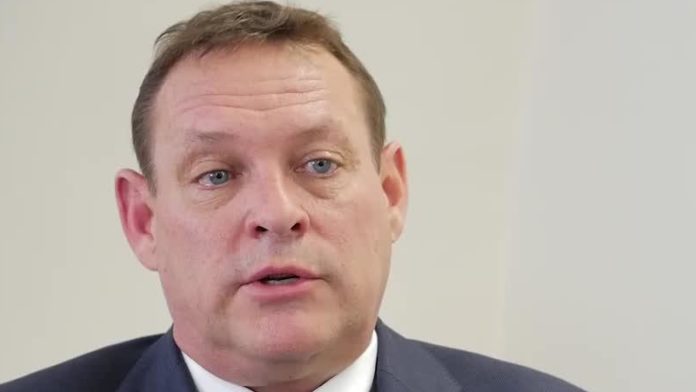
THERE was a growing understanding in Tanzania that there were “no winners” as a result of the two-year dispute between the country’s government and Acacia Mining, said the UK-listed firm’s CEO, Peter Geleta.
“We have got to the stage when all stakeholders have realised that no-one is winning from the current dispute,” he said, adding that negotiations between Tanzania and Barrick Gold, which has a 64% stake in Acacia Mining, had regained momentum.
“The signals we are getting back is that Barrick is making progress,” he said. “Last year, it appeared to us that from June things seemed to have reached a stalemate. Now the momentum is back again and it looks a lot more positive. Even from an operating environment situation, as difficult as it is, things seem a lot more normal,” said Geleta.
Geleta was responding to analyst questions following the presentation of Acacia Mining’s full-year results in which it posted adjusted net earnings of $44.3m. This was an 70% improvement on the 2017 financial year when the full impact of an export embargo on gold-in-concentrate imposed by the Tanzanian government was felt on the firm’s results.
The embargo followed two presidential studies – yet to be made public – which said Acacia Mining owed the Tanzanian government $190bn in unpaid tax going back 20 years. The sum, which included penalties and interest charges, is being contested by Acacia Mining in the International Court of Arbitration with a hearing set for the third quarter.
Geleta said today he would be willing to delay the court hearing if a solution was put to the company’s independent committee appointed to manage the matter on behalf of shareholders. Geleta’s company was not part of the negotiation process between Barrick and the Tanzanians, however.
That is being tackled by Mark Bristow, the newly appointed CEO of Barrick Gold following its merger with Randgold Resources. Commenting on February 4, Bristow told Miningmx: “I have no doubt that we will get there. We are absolutely clear we will bring this stand-off to an amicable resolution. There is no way out other than a positive outcome”.
“Our view – and I believe that of the negotiating team from the Tanzanian government – is that we are still within the guidelines of the framework agreement that was agreed to between John Thornton and President Magufuli [Tanzanian’s president],” said Bristow. Thornton suggested Acacia Mining pay the government $300m in compensation.
Said Geleta: “There is an air of positivity and optimism. We would always consider delaying arbitration, but it depends what is submitted to us and that would be decided by the independent committee objectively. We have to protect rights and shareholder’s rights”.
It would take about three months for the committee to assess the proposal put to it by Barrick Gold and make a recommendation to minority shareholders, provided the process went without a hitch, said Jaco Maritz, CFO of Acacia Mining.
BULYANHULU
Acacia Mining said it was applying the finishing touches to an optimisation study regarding the $90m to $110m expansion of Bulyanhulu in terms of which mining would be guaranteed for another 18 years at a rate of 300,000 to 350,000 ounces of gold a year. Steady-state all-in sustaining costs (AISC) would range between $700 to $750/oz.
This may put Bulyanhulu into the category of mine that Bristow wants to retain. The rationale for the merger of Randgold Resources with Barrick Gold was to create a company consisting of so-called ‘tier one’ gold assets which raises the likelihood that many of the mines currently in the portfolio would be deemed non-core, and sold.
Acacia Mining’s North Mara has been identified as a tier one asset by Bristow (Acacia is spending $15m this year on its expansion), but underground mining at Bulyanhulu is currently in mothballs in order for Acacia Mining to cope with the pressure of the export embargo. Geleta said today 2018 represented a period in which Acacia Mining stabilised.
As of December 31, the company was net cash $87.6m which compares to cash of only $9.5m at year-end in 2017. Total borrowings had been cut 40% year-on-year to $42.6m.
For the 2019 financial year, Acacia Mining is aiming for production of 500,000 to 550,000 oz, roughly in line with the 522,000 oz produced in last year – itself an out-performance against previously guided production of 475,000 oz. Acacia Mining’s guided AISC would be between $860 and $920/oz for the 2019 financial year.








